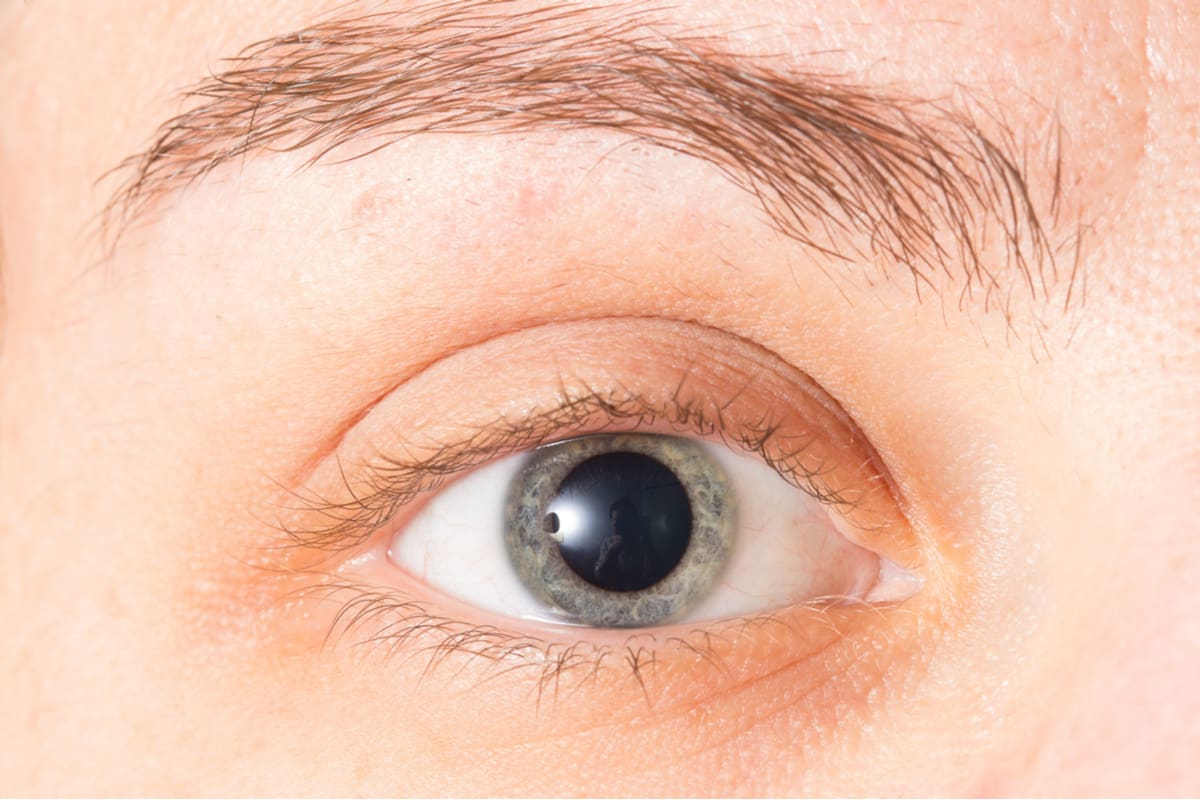Mydriasis: Causes, Symptoms & What You Need To Know Now!
Ever looked in the mirror and noticed your pupils are unusually large? Mydriasis, the medical term for dilated pupils, can be a sign of something more than just low lighting, and understanding its potential causes is crucial for maintaining your health.
The black center of your eye, the pupil, is a dynamic opening that adjusts to regulate the amount of light entering the eye. When it's larger than normal, we call this mydriasis. This dilation can occur for a multitude of reasons, some benign, others potentially serious. Its important to note that pupil asymmetry, also known as anisocoria, can also occur, and while sometimes its perfectly normal (present in about 20% of the population), it can also signal underlying issues. Furthermore, benign episodic unilateral mydriasis exists as an isolated cause of intermittent pupil dilation.
| Aspect | Information |
|---|---|
| Definition | Mydriasis refers to the dilation of the pupil of the eye. It can be unilateral (affecting one eye) or bilateral (affecting both eyes). |
| Common Causes |
|
| Symptoms |
|
| Diagnosis |
|
| Treatment | Treatment depends on the underlying cause. In some cases, no treatment is necessary. If caused by medication, adjusting the dosage or switching medications may be required. |
| When to Seek Medical Attention |
|
| Related Conditions |
|
| Pharmacologic Mydriasis Testing | Testing for pharmacologic mydriasis from topical agents involves observing the pupil's response to specific medications. This helps determine if the dilation is drug-induced. |
| Link to more Info | American Academy of Ophthalmology |
- Filmyfly Your Guide To Latest Movie Updates Entertainment News
- What To Know About Bollyflix Your Guide To Streaming More

Mydriasis What Is It, Pronunciation, Causes, Glaucoma Risk Factor, and
.jpg)
What Is Miosis of the Eye and How to Manage It OBN

Mydriasis (Pupil Dilation) Causes, Treatment and More MyVision